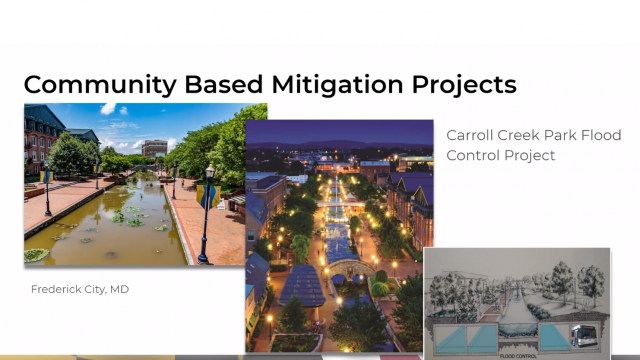
Floods are the most common and widespread of all weather-related natural disasters. According to testimony from Federal Emergency Management Agency representative Michael Grimm, flood damage cost approximately $17 billion each year between 2010 and 2018. Rising sea levels and extreme weather could cause $20 billion of flood damage to at-risk U.S.… more
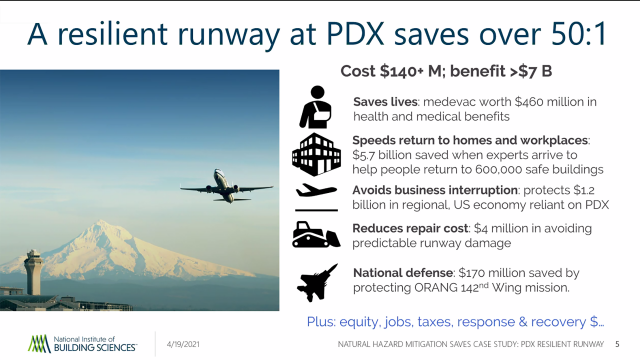
In light of a White House Administration focused on improving infrastructure, Portland has taken on its own analysis to review the value of mitigation investment.
A National Institute of Building Sciences study has found that a seismically resilient runway to serve Portland International Airport (PDX) ultimately would save $50 for every $1 spent… more
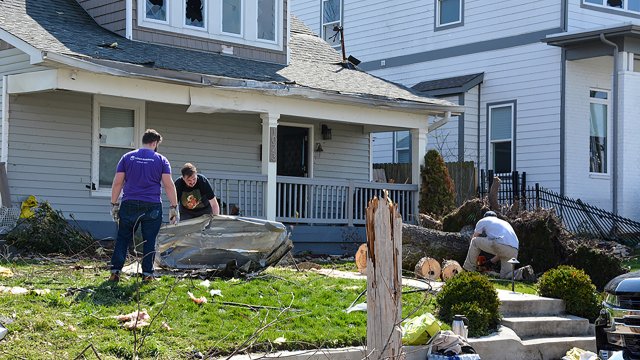
The National Oceanic and Atmospheric Administration reports there were more than 1,200 tornadoes in 2020, leading to the highest tornado death rate in almost a decade.
Last year, a deadly tornado outbreak affected the Southeastern United States on Easter Sunday and Monday, causing 32 fatalities. This was part of a larger severe convective storm (… more
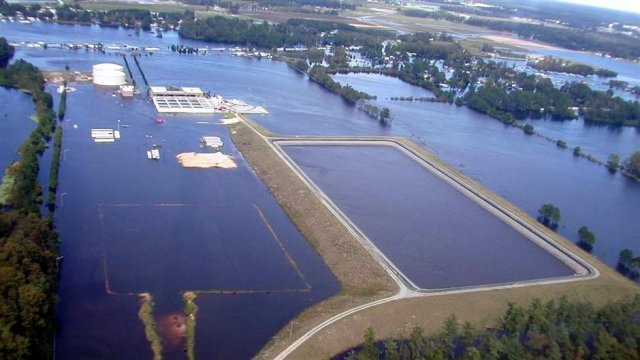
In Natural Hazard Mitigation Saves, the National Institute of Building Sciences makes the case for disaster mitigation using benefit-cost analysis (BCA), a tool of engineering economics. BCA says that if an investment provides a benefit that exceeds its cost, it is desirable. But real people often confound engineers and economists by finding our… more
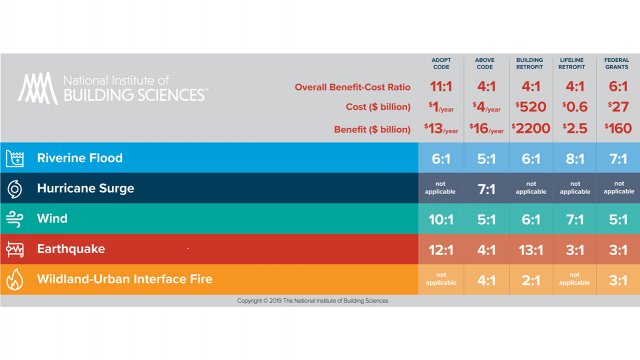
With natural disasters taking an increasing toll, innovative strategies to stem future losses are needed now more than ever. Incentivizing resilience should be the next priority. Even though there are long-term benefits from investing in hazard mitigation — a key element of resilience — individuals and businesses might not choose resiliency over… more




